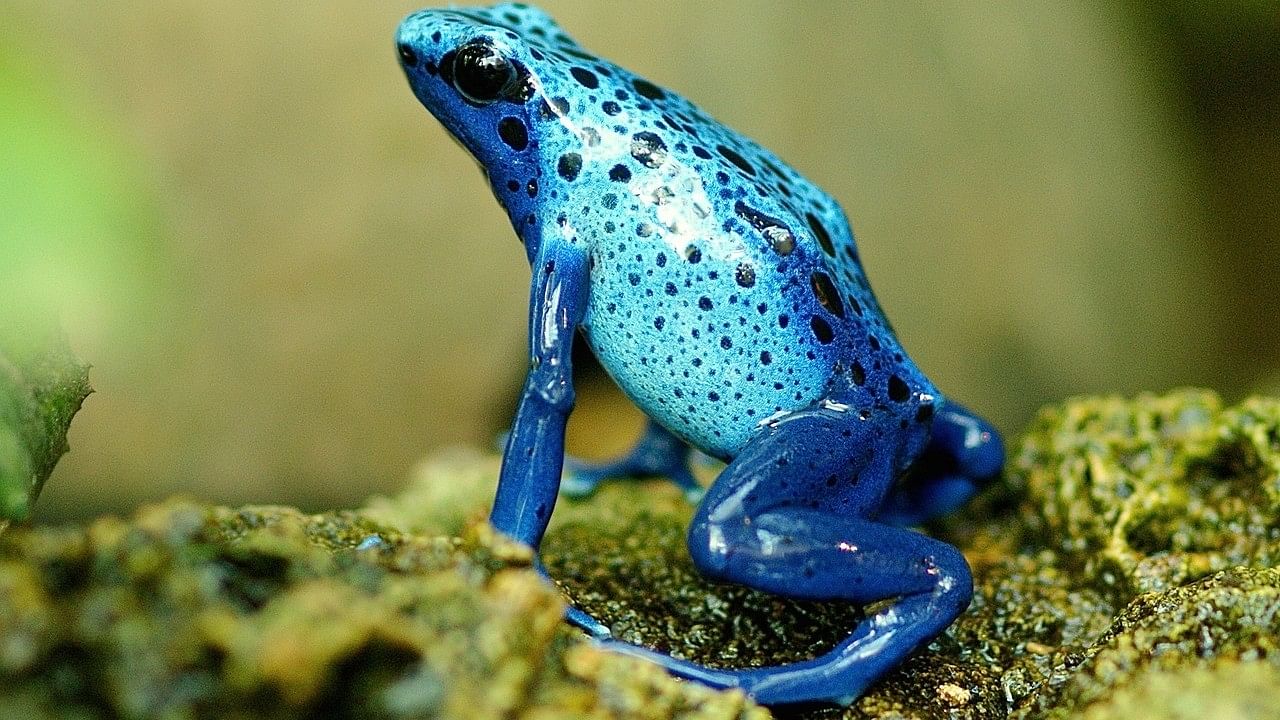
Representative image.
Credit: Pixabay Image
About 32 per cent of the amphibians in India and 40.7 per cent of the species across the world have been threatened by a combination of factors, from agriculture to climate change with the latter playing a major role in the deterioration of the species over the last 18 years, a latest study published in Nature said.
The study, which had contributions from over 100 authors, comprised reassessments of 5,743 species that were studied earlier as well as 2,286 newly described species that were assessed for the first time. The findings updated the IUCN red list, showing that the number of species that have gone extinct continues to rise from 23 in 1980 to 33 in 2004 and 37 in 2022.
In India, 426 species were evaluated, of which 136 (31.92 per cent) are in the threatened category. Among the states with high amphibian diversity, Kerala has 178 species of which 84 are threatened, Tamil Nadu is next with 128 species of which 54 are threatened and Karnataka is in third place with 100 species of which 30 are threatened.
Climate change is emerging as a primary driver affecting biodiversity, accounting for deterioration of 119 (39 per cent) of amphibian species during 2004-2022, compared with 6 species (1 per cent) during 1980-2004.
"From 1980 to 2004, an additional 118 species were categorised as threatened. An additional 90 species are threatened as of 2022. From 1980 to 2004, the total number of species listed as VU (vulnerable) and EN (endangered) decreased, while the number listed as CR (critically endangered) considerably increased from 588 to 766," the report noted.
Gururaja K V, a batrachologist and coauthor of the study, said among 24 species in Indo-Malayan genera assessed as part of the second global amphibian assessment two were critically endangered and 15 were endangered, making them the most threatened species. "It is the 5th most threatened genus in the world with 92 per cent of its species in a threatened category," he said.
Climate change's fingerprint was visible in the changes that occurred in the last 18 years. Between 2004 and 2022, the status of 306 species of amphibians deteriorated and climate change accounted for deterioration of 119 species. During 1980-2004, climate change was seen as a driver in deterioration of 6 of 482 species.
Four amphibian species were documented as having gone extinct since 2004—the Chiriquí harlequin toad (Atelopus chiriquiensis) from Costa Rica, the sharp snouted day frog (Taudactylus acutirostris) from Australia, Craugastor myllomyllon and the Jalpa false brook salamander (Pseudoeurycea exspectata), both from Guatemala.
Gururaja said lack of policy to address the pertinent issues in biodiversity loss was a major concern while that academic research needs to go beyond the discovery of species to study its ecosystem and long-term survival.
"The policies and programmes we have are focused on protection and conservation of species that are either charismatic or keystone species. Unfortunately that doesn't help. We need to update the system which addresses the serious threats to the microhabitats," said Gururaj, a faculty at Srishti Manipal Institute of Art, Design and Technology.